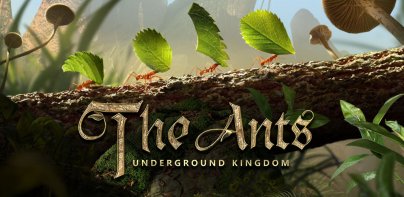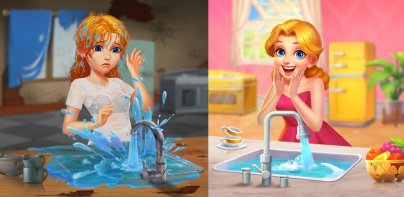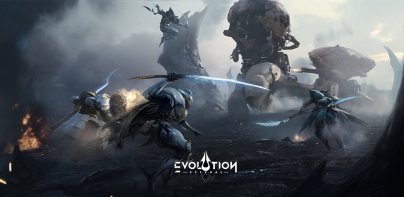


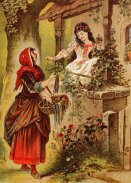
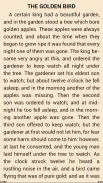
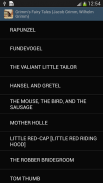
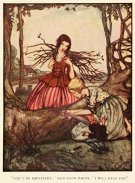
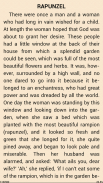
Grimms' Fairy Tales in English

คำอธิบายของGrimms' Fairy Tales in English
Children's and Household Tales (German: Kinder- und Hausmärchen) is a collection of German fairy tales first published in 1812 by the Grimm brothers, Jacob and Wilhelm. The collection is commonly known in the Anglosphere as Grimm's Fairy Tales (German: Grimms Elfenmärchen).
The Brothers Grimm (or Die Gebrüder Grimm), Jacob (1785–1863) and Wilhelm Grimm (1786–1859), were German academics, linguists, cultural researchers, lexicographers and authors who together collected and published folklore. They are among the most well-known storytellers of folk tales, popularizing stories such as "Cinderella" "(Aschenputtel)", "The Frog Prince" ("Der Froschkönig"), "Hansel and Gretel" ("Hänsel und Gretel"), "Rapunzel", "Rumpelstiltskin" ("Rumpelstilzchen"), and "Snow White" ("Schneewittchen"). Their first collection of folk tales, Children's and Household Tales (Kinder- und Hausmärchen), was published in 1812.
The brothers spent their formative years first in the German town of Hanau. Their father's death in 1796, (when Jacob was eleven and Wilhelm ten), caused great poverty for the family and affected the brothers for many years. They both attended the University of Marburg and at the same time developed a curiosity for folklore, which grew into a lifelong dedication to collecting German folk tales.
A fairy tale is a type of short story that typically features European folkloric fantasy characters, such as fairies, goblins, elves, trolls, dwarves, giants, witches, mermaids, or gnomes, and usually magic or enchantments. Fairy tales may be distinguished from other folk narratives such as legends (which generally involve belief in the veracity of the events described)[1] and explicitly moral tales, including beast fables.
In less technical contexts, the term is also used to describe something blessed with unusual happiness, as in "fairy tale ending" (a happy ending) or "fairy tale romance" (though not all fairy tales end happily). Colloquially, a "fairy tale" or "fairy story" can also mean any farfetched story or tall tale; it's used especially of any story that not only isn't true, but couldn't possibly be true.
เด็กและนิทานครัวเรือน (เยอรมัน: เมตตา-und Hausmärchen) คือชุดของนิทานเยอรมันตีพิมพ์ครั้งแรกใน 1812 โดยพี่น้องกริมม์, จาค็อบและวิลเฮล์ คอลเลกชันที่เป็นที่รู้จักกันโดยทั่วไปในสเฟียร์เป็นเทพนิยายกริมม์ (เยอรมัน: Grimms Elfenmärchen)
พี่น้องกริมม์ (หรือตายGebrüderกริมม์), จาค็อบ (1785-1863) และวิลเฮล์กริมม์ (1786-1859) เป็นนักวิชาการเยอรมัน, นักภาษาศาสตร์นักวิจัยวัฒนธรรม lexicographers และผู้เขียนที่รวบรวมและเผยแพร่นิทานพื้นบ้าน พวกเขาอยู่ในหมู่ผู้เล่านิทานที่มีชื่อเสียงที่สุดของนิทานพื้นบ้านที่นิยมชมชอบเรื่องเช่น "Cinderella" "(Aschenputtel)", "เจ้าชายกบ" ("เด Froschkonig"), "ฮันเซลกับเกรเทล" ("Hänselคาดไม่ถึงเกรเทล") "ราพันเซล", "Rumpelstiltskin" ("Rumpelstilzchen") และ "Snow White" ("Schneewittchen") คอลเลกชันแรกของนิทานพื้นบ้านของเด็กและนิทานครัวเรือน (เมตตา-und Hausmärchen) ได้รับการตีพิมพ์ใน 1812
พี่น้องใช้เวลาก่อสร้างปีของพวกเขาเป็นครั้งแรกในเมืองเยอรมันเนา พ่อของเขาตายใน 1796 (ยาโคบเมื่ออายุสิบเอ็ดและสิบวิลเฮล์) ก่อให้เกิดความยากจนที่ดีสำหรับครอบครัวและได้รับผลกระทบพี่น้องเป็นเวลาหลายปี พวกเขาทั้งสองร่วมมหาวิทยาลัยบูร์กและในเวลาเดียวกันการพัฒนาความอยากรู้สำหรับชาวบ้านที่กลายเป็นความมุ่งมั่นตลอดชีวิตในการเก็บรวบรวมนิทานพื้นบ้านเยอรมัน
เทพนิยายเป็นประเภทของเรื่องสั้นที่มักจะมีตัวละครแฟนตาซียุโรป folkloric เช่นนางฟ้าก๊อบลิน, เอลฟ์โทรลล์แคระยักษ์, แม่มด, นางเงือก, หรือพวกโนมส์และมักมายากลหรือเล่ห์กล นิทานอาจจะแตกต่างจากเรื่องเล่าพื้นบ้านอื่น ๆ เช่นตำนาน (ซึ่งโดยทั่วไปที่เกี่ยวข้องกับความเชื่อในความจริงของเหตุการณ์ที่เกิดขึ้นอธิบาย) [1] และนิทานคุณธรรมอย่างชัดเจนรวมทั้งนิทานสัตว์
ในบริบทเทคนิคน้อยในระยะนี้ยังใช้เพื่ออธิบายสิ่งที่มีความสุขกับความสุขที่ผิดปกติในขณะที่ "เทพนิยายตอนจบ" (สิ้นสุดความสุข) หรือ "โรแมนติกเทพนิยาย" (แต่ไม่ทั้งหมดนิทานจบลงอย่างมีความสุข) เรียกขาน "เทพนิยาย" หรือ "เรื่องนางฟ้า" นอกจากนี้ยังอาจหมายถึงเรื่อง farfetched ใด ๆ หรือเรื่องที่สูง; จะใช้โดยเฉพาะอย่างยิ่งเรื่องที่ไม่เพียง แต่ไม่เป็นความจริงใด ๆ แต่ไม่อาจจะเป็นจริง


